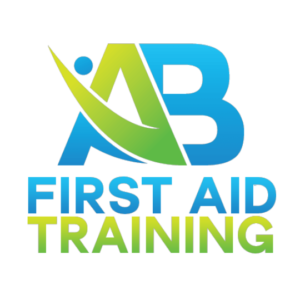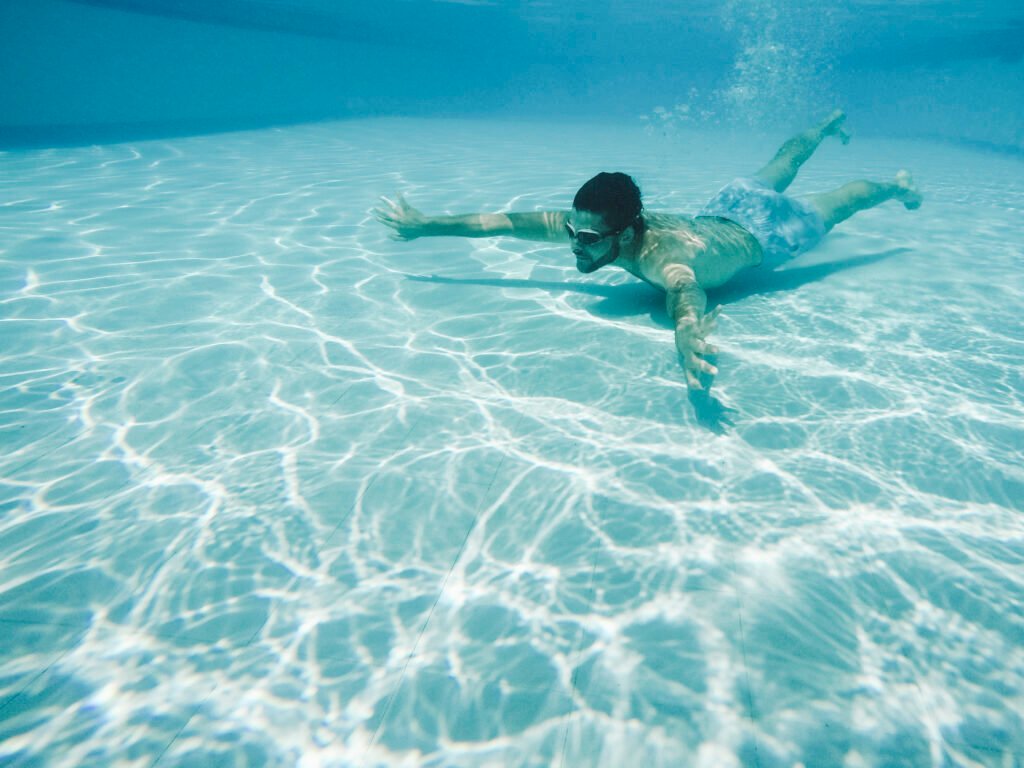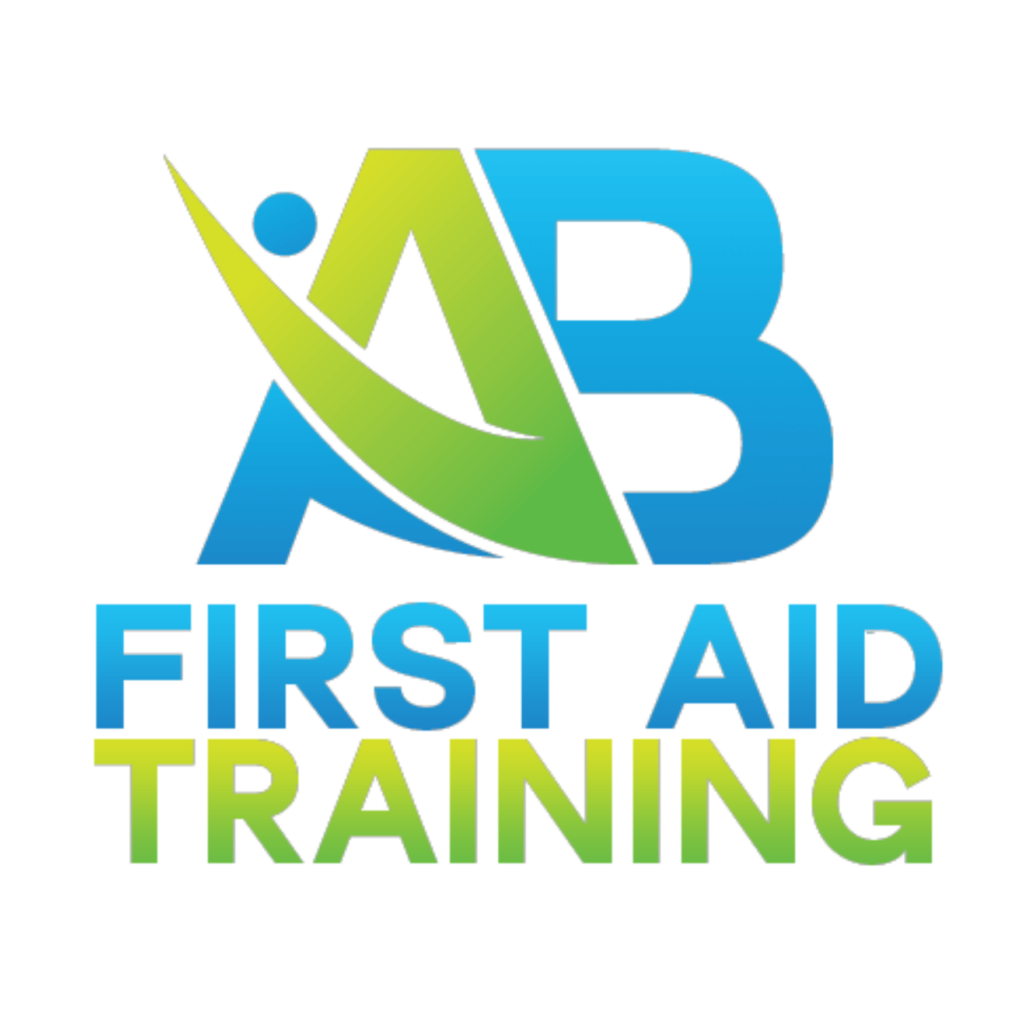Australia’s beautiful coastline and numerous waterways make swimming and water safety essential skills for people of all ages. Swim teachers play a critical role in ensuring that individuals are equipped with the knowledge and skills to enjoy the water safely. At AB First Aid Training, we understand the importance of swim teachers in promoting water safety. In this blog, we’ll provide a comprehensive guide for swim teachers in Australia, focusing on key aspects of swimming and water safety.
1. Qualifications and Training:
- Ensure you have the necessary qualifications and certifications to teach swimming and water safety.
- Stay updated with the latest training and techniques for teaching swimming and water safety.
2. Water Safety Education:
- Prioritize water safety education alongside swimming skills.
- Teach students about the dangers of water, including rip currents, tides, and hazards in different aquatic environments.
3. Age-Appropriate Lessons:
- Tailor your lessons to the age and skill level of your students.
- Recognize that young children require different teaching approaches compared to teenagers or adults.
4. Stroke Techniques:
- Focus on teaching proper stroke techniques to ensure efficient and safe swimming.
- Emphasize the importance of bilateral breathing and body positioning.
5. Rescue Skills:
- Train students in basic rescue and lifesaving skills, such as treading water, floating, and reaching assists.
- Teach students how to respond in emergency situations.
6. Sun Safety:
- Educate students on sun safety practices when swimming outdoors.
- Promote the use of sunscreen, rash vests, and appropriate sun protection.
7. CPR and First Aid:
- Encourage swim teachers to be trained in CPR and basic first aid7.
- In emergencies, knowing how to administer CPR and provide first aid can be life-saving.
8. Pool and Water Facility Safety:
- Ensure that the pool or water facility where you teach complies with safety regulations.
- Familiarize yourself and your students with the facility’s emergency procedures.
9. Inclusivity and Adaptation:
- Create an inclusive environment for individuals with disabilities.
- Adapt your teaching methods to accommodate students with diverse needs.
10. Continuous Assessment
Continuously assess your students’ progress and adapt your teaching accordingly.
Provide constructive feedback and set achievable goals.
Conclusion:
As a swim teacher in Australia, your role extends beyond teaching strokes; it includes instilling water safety awareness, rescue skills, sun safety, and the importance of CPR and first aid. By following these guidelines and staying updated with industry best practices, you can help ensure that your students become confident and safe swimmers.
Questions for Reflection:
- How do you currently integrate water safety education into your swimming lessons?
- What additional strategies can you implement to enhance water safety awareness among your students?
Sources:
- Swim Teacher Qualifications – Royal Life Saving Society Australia: Link ↩
- Swim and Survive – Royal Life Saving Society Australia: Link ↩
- Teaching Swimming Lessons – Swimming Australia: Link ↩
- Freestyle Technique – Australian Swimming Coaches and Teachers Association: Link ↩
- Swimming and Lifesaving Skills – Surf Life Saving Australia: Link ↩
- Sun Safety – SunSmart: Link ↩
- First Aid and CPR Training – Australian Red Cross: Link ↩
- Pool Safety and Regulations – Royal Life Saving Society Australia: Link ↩
- Inclusive Swimming – Disability Sport & Recreation: Link ↩
- Assessing Swimming Skills – Royal Life Saving Society Australia: Link ↩


